8 historical figures who wore tattoos
No one would ever imagine that these historical figures were tattooed
28 May 2024
Tattoos are living a happy time in terms of their reputation: they are almost completely free from the social stigmas that linked to crime or with any other illegal act or gang.
This change has been a slow process that began to speed up in the 21st century. Before that period, there were not many intrepid people who decided to capture a design on their skin... Rather, it was an unusual practice that people avoided to not be judged.
In those years tattooing was rare. But, according to the stories that were spread over time, there were some historical characters belonging to the aristocracy, politics, literature and science, with great global relevance, who were encouraged to ink their skin.
Next, we'll tell you who they are and we'll show you photos of two of them. There we go!
Elisabeth of Bavaria
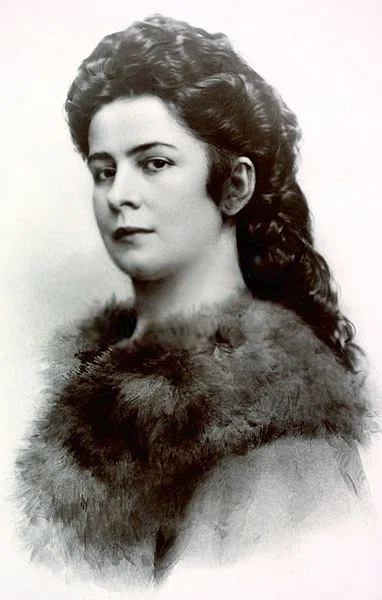
Elisabeth of Bavaria, also known as Empress Sissi, was a Bavarian princess, Empress of Austria (1854-1898) and Queen consort of Hungary (1867-1898 Österreich).
She was recognised for her intelligence, her complex rebellious personality and her remarkable beauty.
Although she was shown as a free woman, who smoked, drank and abhorred the ceremonial acts of the court, Isabel was under a depression due to the death of two of her children and she suffered from anorexia.
Regardless of the obstacles he went through in her life, she enjoyed acting freely despite being a royal. Sissi decided to get an anchor tattoo on her shoulder, in honour of her love for the sea.
Zar Nicholas II
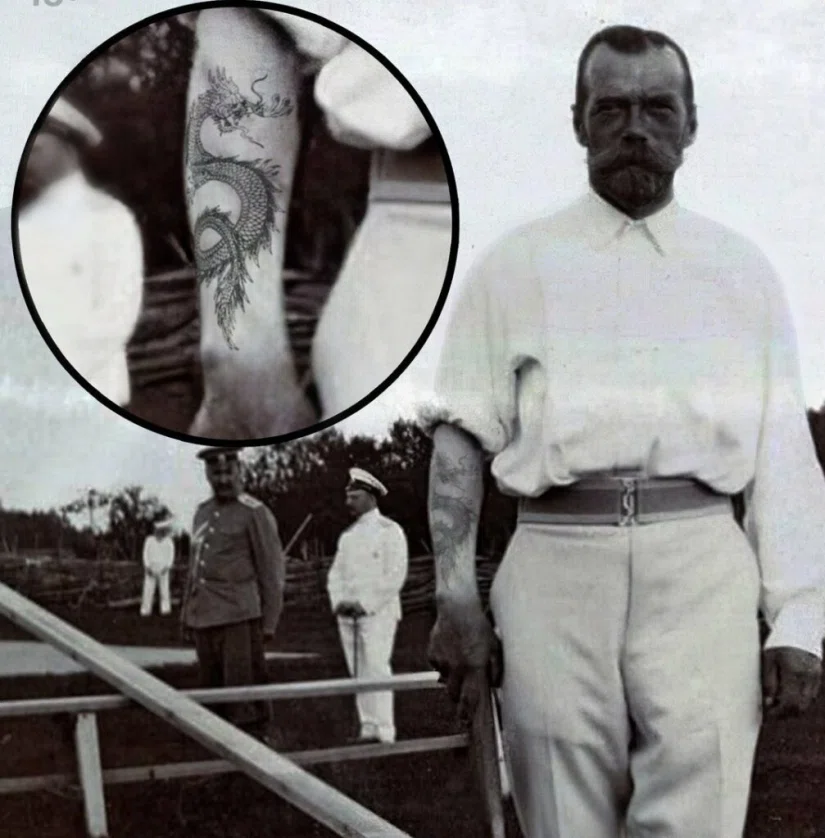
Nicholas II was the last emperor of Russia, and he was a descendant of the Romanov dynasty, which had ruled the country since 1613.
The tsar came to power at the age of 26, earlier than expected, since it was a consequence of the unexpected death of his mother Alexander III.
His age was to blame for the inexperience of the young man, who had little knowledge of the reality of his country. He himself said that he never wanted to be in that position: “I am not prepared to be a tsar, I never wanted to be. I don't know anything about the art of government, I don't even know how to talk to ministers."
Due to the little empathy he had for his people because he was unaware of the needs they suffered, his inflexibility, fear of change and his insecure and timid character, Nicolas II was not considered a good leader.
Before assuming his mandate, he made a trip to Japan, in which he miraculously survived an assassination attempt. On that same journey, he decided to get a tattoo.
It is not really known if the unfortunate event was related to his decision, but he returned with a striking design of a dragon on his arm, after 7 hours of work.
Thomas Edison

His full name was Thomas Alva Edison, and he was a recognised inventor for his great ingenuity. In his long career, he made many creations that were intended to make everyday life easier for people.
As the story goes, Thomas was the driving force behind the incredible path to the invention of the tattoo machine, since he devised the "Stencil-Pen", a curious and useful pen that served to save office workers time.
This pen made small perforations to make templates, which allowed several documents to be copied in a short time, and at the same time, ink could be deposited.
The outstanding inventor, although he clearly saw that his creation could be used as a tattoo machine, never patented it for that purpose. Instead he tried it on his skin, exactly and he tattooed himself! Crazy for that time! His tattoo consisted of 5 dots located on his forearm.
Franklin Roosevelt
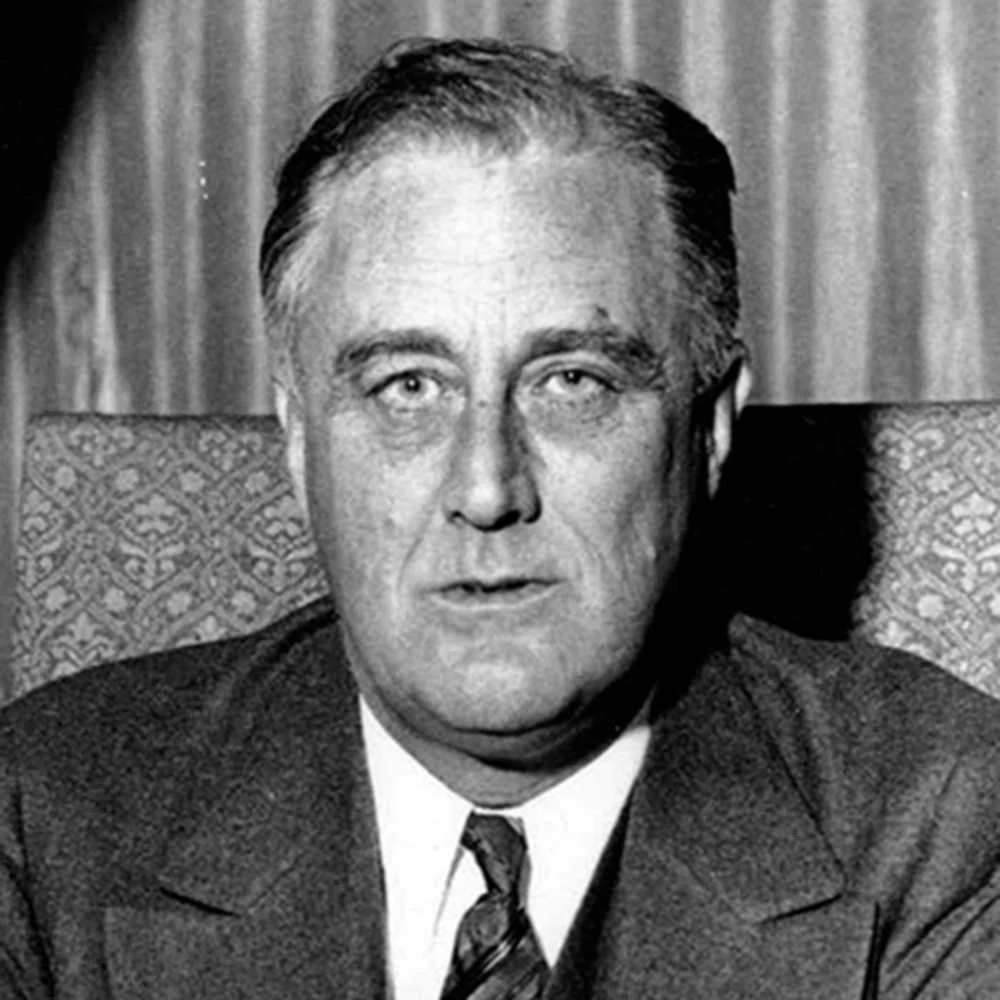
Franklin Delano Roosevelt was the thirty-second president of the United States and the only one to win four consecutive presidential elections, making him the longest-serving man in the country's history.
He assumed his position when the United States was suffering a deep financial crisis, caused in part by the Crash in 1929. He also faced one of the country's greatest challenges: the Second World War.
Franklin got a huge tattoo of his family's crest on his chest as a form of honour and respect.
George Orwell
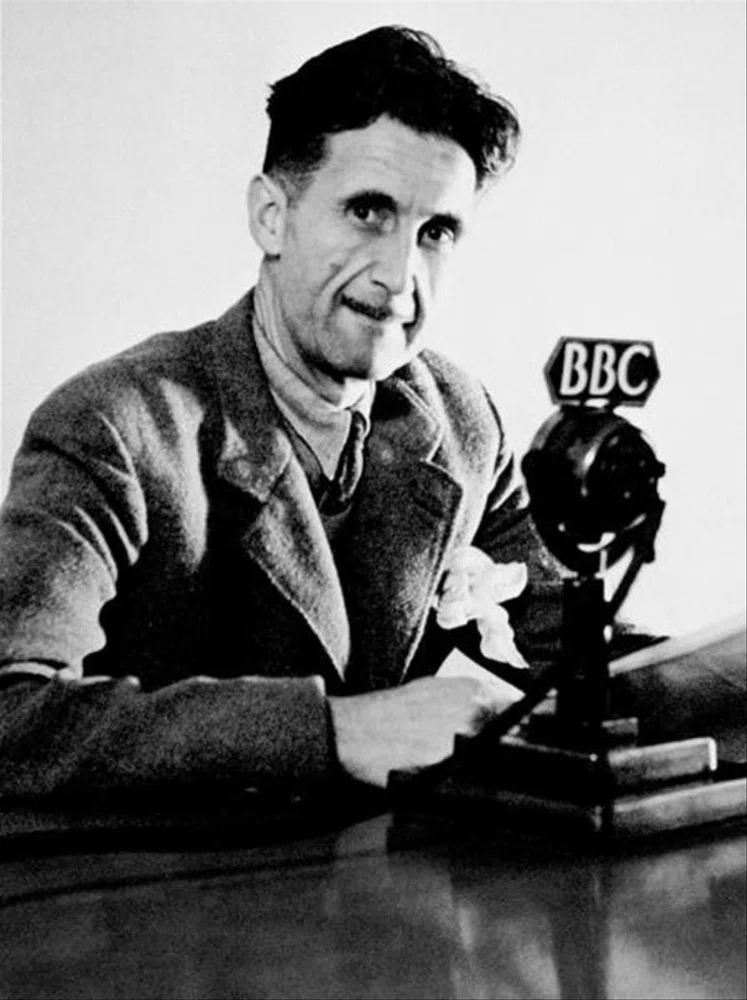
Eric Arthur Blair, better known as George Orwell, was a British novelist, journalist, essayist and critic, considered worldwide as one of the personalities who developed the most social criticism in the 20th century.
His works revealed his political and moral ideals, highlighting the struggle of man against the social norms established by power. His best-known dystopian novels were Animal Farm (1945) and 1984 (1949), in which he represented a clear defence of democracy and civil liberties against totalitarianism.
He was regarded as a rebellious man who fully supported his political ideals and subsequently, he made many enemies over time. This caused him to be watched by secret Soviet service.
George had the 5 point tattoo on his hand. Its meaning is believed to be related to persecution by the Soviets, as it could be read as "feeling alone in front of a crowd."
Joseph Stalin
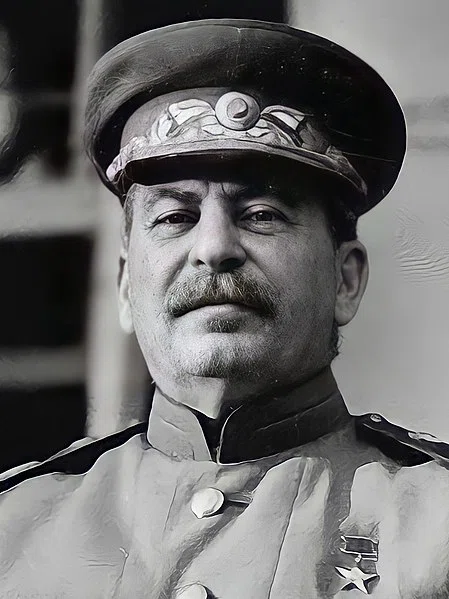
Iosif Vissarionovich Dzhugashvili, better known as Joseph Stalin, was a politician who took over after the death of Vladimir Lenin as the General Secretary of the Russian Communist Party, becoming one of the most brutal dictators.
He transformed Russia from an agricultural peasant society into an industrial superpower. To achieve this goal, he instilled constant terror and used extreme violence that resulted in over 20 million deaths.
Joseph was imprisoned several times during his youth, and that is where he inked his chest with a blue skull design.
Winston Churchill
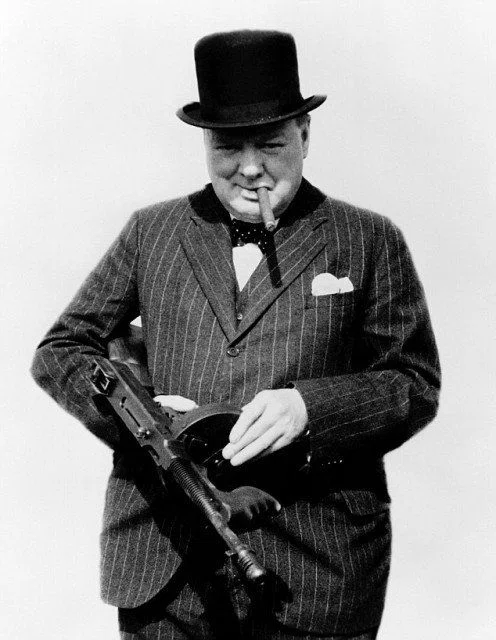
Winston Leonard Spencer Churchill, known simply as Winston Churchill, was a British politician, soldier, writer and statesman, winner of the Nobel Prize for Literature.
Churchill served as British Prime Minister, and he is recognised worldwide as one of the key figures of the 20th century for his role during World War II, in which he led the United Kingdom in its fight against Adolf Hitler.
Apart from his outstanding oratory, the Prime Minister is remembered for being a heavy smoker, an alcoholic and a big fan of telling dirty jokes.
He had a tattoo of an anchor on his forearm as a legacy of his years as a Cuba-India-South Africa correspondent.
Surprisingly, he was not the only one in his family who wore one, but his mother had carved a snake on his wrist, which he sometimes hid behind a bracelet.
John of Bourbon

Juan de Borbón y Battenberg was the fifth son of Alfonso XIII and Victoria Eugenia de Battenberg and the third of the boys, for this reason, he never imagined that he would be his father's successor, in fact, he was not expected to inherit the throne, but the plans changed that.
His older brothers, Alfonso and Jaime, resigned from their future position and Juan had to assume the mandate, becoming the heir to the dynastic rights of the House of Bourbon.
Her relationship with her son Juan Carlos was difficult, and her discomfort increased with a tragic family event. Don Juan Carlos manipulated a pistol that accidentally shot Alfonsito dead, one of the youngest sons of Juan de Borbón. He was only 14 years old. There was not a single word of comfort for his eldest son but rather, he was blamed for what happened.
Juan had large dragon tattoos on his arms, back, and chest. In an interview conducted in the 1980s, he commented that he had them done when he was only 19 years old, and that the reason was because it was a sailor thing to do.
Conclusion
We bet that none of you imagined that such important and recognized people in world history had designs inked on their skin.
Apparently, tattoos were, are and surely will be, a tempting practice for people of any social, economic and cultural class.
There must be many politicians, writers, scientists, among others, who today, under their formal dress code, they have drawings on their bodies.